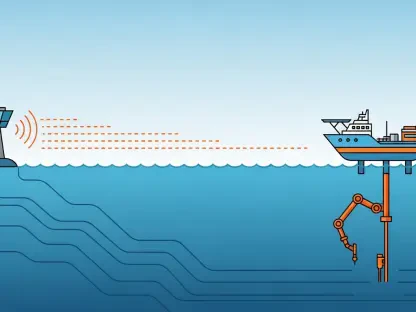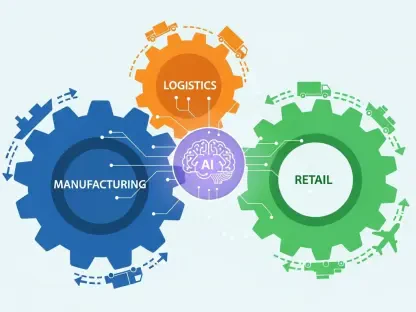As oceans harbor countless mysteries beneath their waves, researchers face a compelling challenge: uncovering these secrets with advancing technology. Despite covering over 70% of the Earth’s surface, oceanic territories remain largely uncharted, concealing untold insights about ecosystems and climate dynamics.
The Drive for Revolutionary Approaches
Underwater exploration is demanding, hindered by the constraints of traditional methods. Energy-intensive systems often fall short in delivering comprehensive data crucial for understanding marine environments. As climate change emphasizes the vulnerability of these ecosystems, a global push for sustainable exploration initiatives emerges, tasked with minimizing human impacts while maximizing discovery.
AI Pioneers a New Path in Marine Technology
Artificial intelligence spearheads the evolution of autonomous underwater vehicles, transforming operational efficiency and design. Esteemed institutions, including MIT and the University of Wisconsin, lead collaborative efforts in reshaping underwater exploration methodologies. Employing machine learning and biomimetic design, these teams focus on creating dynamic gliders capable of harnessing AI for optimal performance.
Engineering Advanced AI-Driven Designs
A critical aspect of glider efficiency lies in the lift-to-drag ratio—a balance essential in a streamlined voyage through water. Recent experiments showcase AI’s role in optimizing this ratio, confirming capabilities in crafting superior underwater vehicles. Scientists emphasize AI’s transformative power, revolutionizing traditional approaches through intelligent computational techniques.
Real-World Applications of AI Innovations
Implementing AI-powered gliders in oceanographic research offers new avenues for gathering essential data. By measuring water temperature, evaluating biodiversity, and monitoring climatic changes, researchers can utilize these devices for enhanced insights. Practical steps for incorporating this technology include adapting existing research methods to integrate AI-driven equipment, emphasizing the benefits and scalable possibilities.
Conclusion
Advancements in AI-driven glider technology have redefined underwater exploration, pushing the boundaries of marine research and providing enhanced data collection capabilities. These innovations not only expanded the scope of scientific inquiry but also promoted ecosystem preservation, ensuring a sustainable exploration model moving forward. Researchers could anticipate a future where technology aids protective measures and exploration are unified in safeguarding oceanic resources and understanding the environmental challenges posed by climate change.









